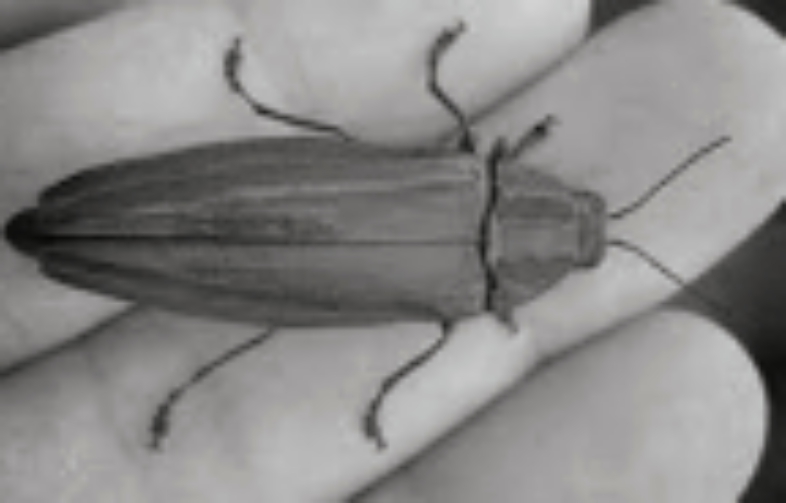B & W micro insect pic
photography·@writemore·
0.000 HBDB & W micro insect pic
 Insects contain a vast array of chemical compounds, some of which can be collected, extracted or synthesized for our use. Chitin, a component of insect cuticle, and its derivatives act as anticoagulants, enhance wound and burn healing, reduce serum cholesterol, serve as non-allergenic drug carriers, provide strong biodegradable plastics, and enhance removal of pollutants from waste water, to mention just a few developing applications. Silks from the cocoons of silkworm moths, Bombyx mori, and related species have been used for fabric for centuries, and two endemic South African species may be increasing in local value. The red dye cochineal is obtained commercially from scale insects of Dactylopius coccus cultured on Opuntia cacti. Another scale insect, the lac insect Kerria lacca, is a source of a commercial varnish called shellac. Given this range of insect-produced chemicals, and accepting our ignorance of most insects, there is a high likelihood that novel chemicals await our discovery and use. Insects provide more than economic or environmental benefits; characteristics of certain insects make them useful models for understanding general biological processes. For instance, the short generation time, high fecundity, and ease of laboratory rearing and manipulation of the vinegar or common fruit fly, Drosophila melanogaster, have made it a model research organism. Studies of D. melanogaster have provided the foundations for our understanding of genetics and cytology, and these flies continue to provide the experimental materials for advances in molecular biology, embryology and development
👍 writemore, adityas, anomaly, lloyddavis, awriter, masyl, rynow, hammadakhtar, albertvhons, honeydee, livingfree, cryptyb, runridefly, mdwakil, aafrin,